One of the Century Series of aircraft, the Convair F-102 Delta Dagger is one of the great Cold War interceptors that blended speed, new design concepts and modern guided missiles to blunt the danger from nuclear-capable Soviet bombers and other threats. Frequently called “The Deuce,” the F-102A Delta Dagger was the world’s first operational supersonic, all-weather aircraft and used a futuristic delta wing design.
At its peak, the United States Air Force employed the Delta Daggers in more than 25 Air Defense Command squadrons. Although a F-102B was developed, it was renamed to the F-106 Delta Dart. This is the story of the F-102A.
Fire Control First Aircraft
In 1948, senior officers of the U.S.A.F. recommended a competition to design a new interceptor to be in service by 1954. In November 1949, it was decided that the new aircraft design would be built around the fire control system (FCS).
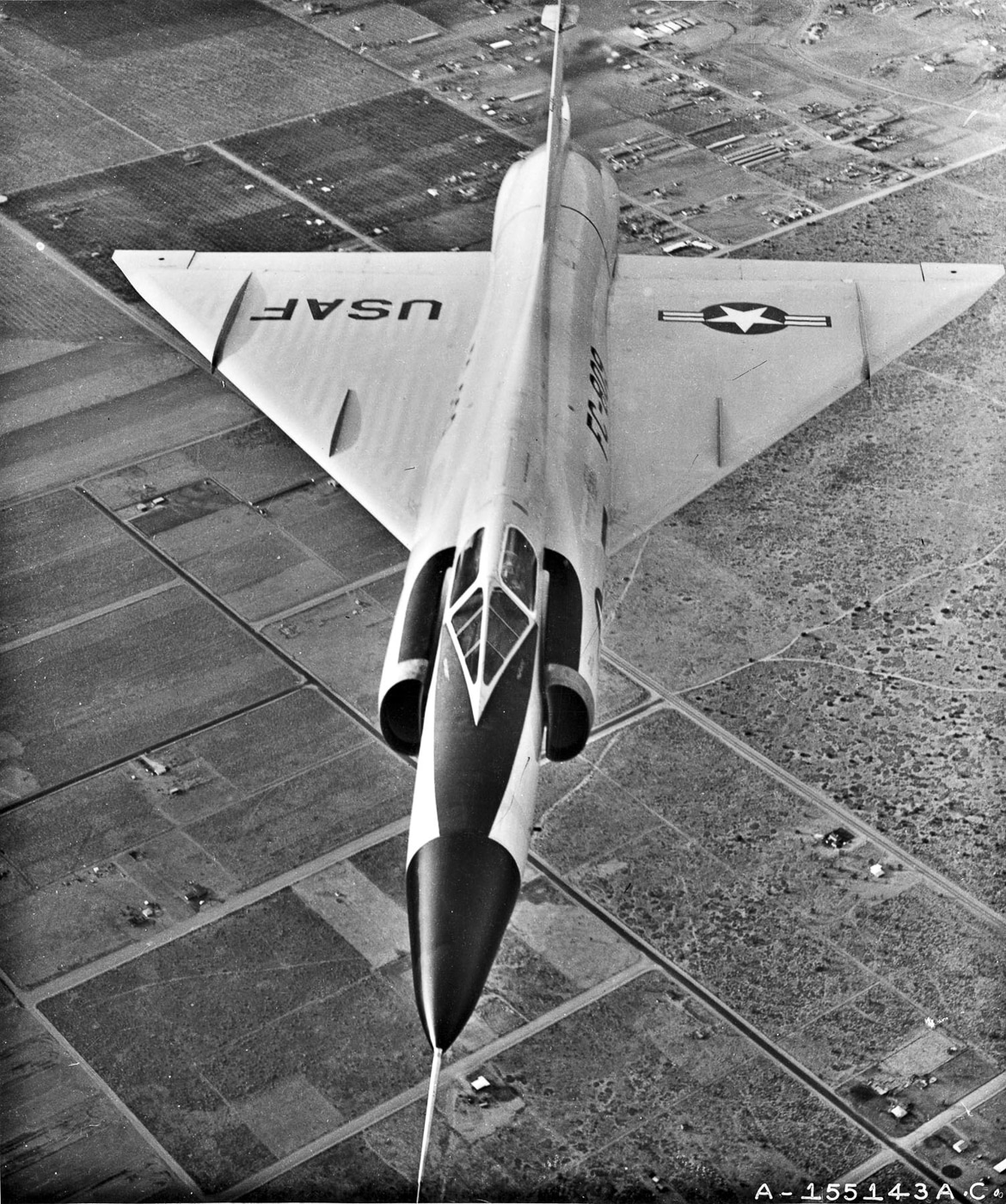
In January 1950, 18 out of 50 companies responded to the request for proposal to be the primary contractor for the FCS. By Oct 1950, Hughes Aircraft was selected to design the FCS. The result was the MC-3, which located targets, steered intercept coordinates, and controlled weapons deployment.
The F-102 Design
The F-102 was developed without a gun. Its mission was to intercept Soviet bombers like the Tupolev T-95 “Bear,” and the design called for missiles only. It had a three-section internal weapons bay instead of hardpoints/pylons for missile launchers.
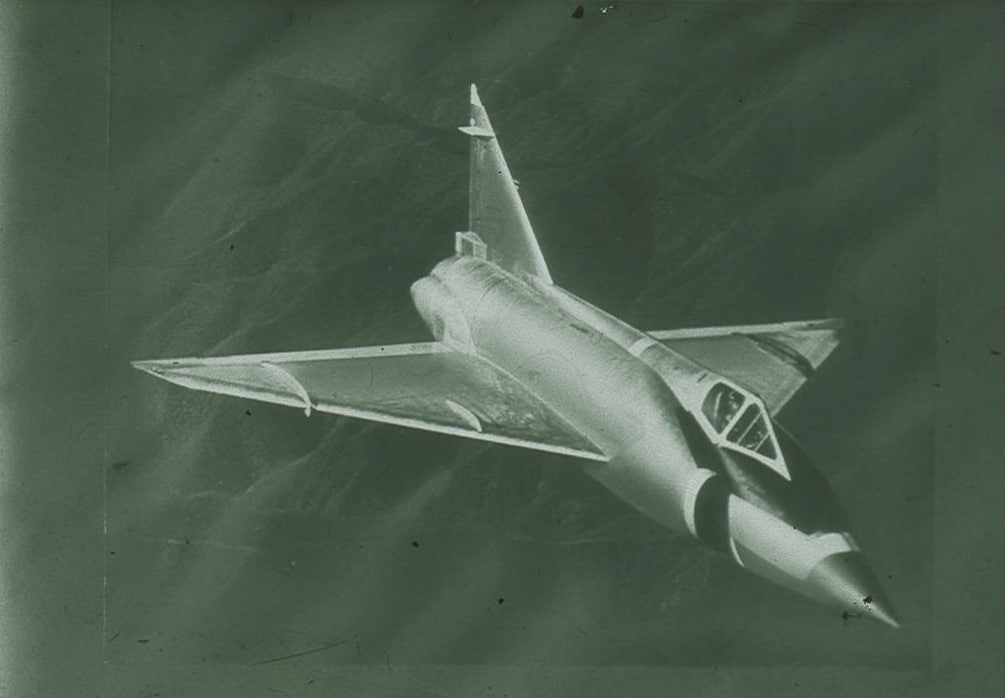
The initial weapons load was three pairs of AIM-4 Falcon air-to-air missiles, and the two forward weapons bay doors could carry 12 folding fin aircraft rockets (FFAR). Later, the center weapons bays were retrofitted to carry two AIM-26 Nuclear Falcon missiles containing the W54 sub kiloton (250 ton) warhead shared with the Davy Crockett Recoilless Gun and the Special Atomic Demolition Munition (SADM), aka the backpack nuke.
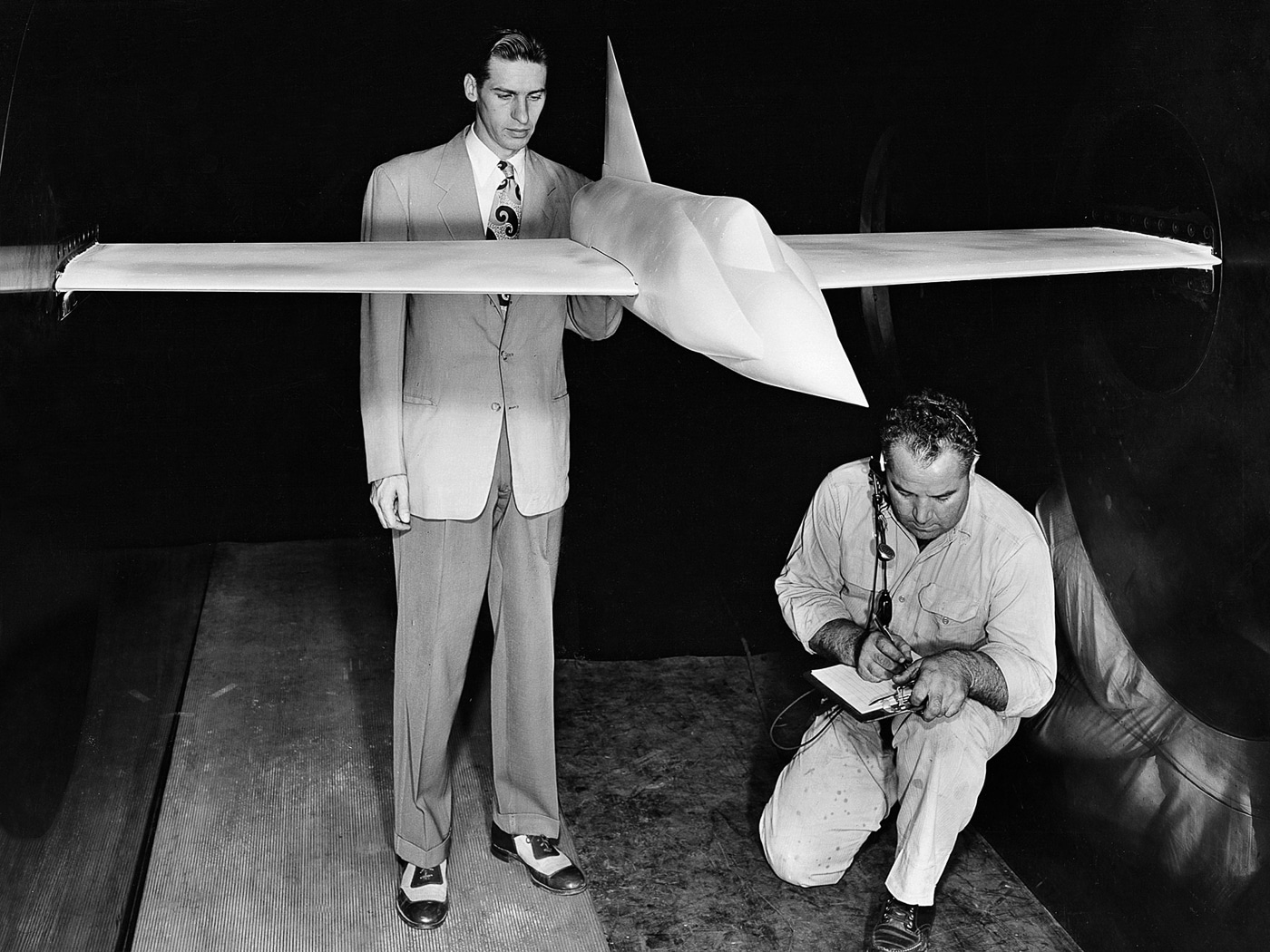
In June 1950, requests for proposals were issued for the airframe, with Republic, Convair and Lockheed permitted to construct a mockup. Convair had already been researching Delta Wing aircraft and began work. Lockheed dropped out to work on other projects, and the Republic design was considered too complex as it used a ramjet engine that would supposedly give it Mach 3 capability.
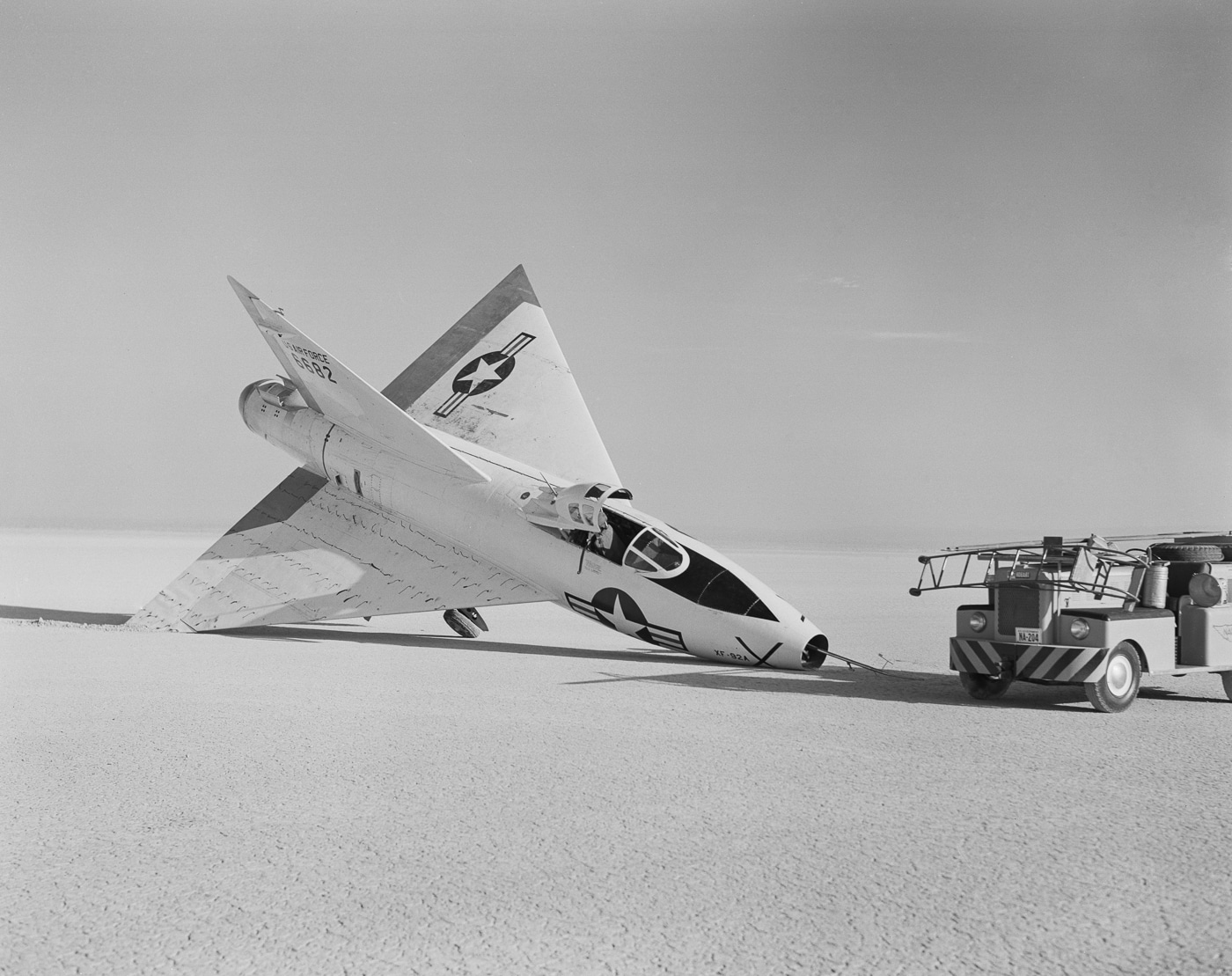
The Convair design was given the green light in November 1951. The following month, it was decided to use the less powerful Westinghouse J40 turbojet in order to expedite development.
In 1953, as the deadline approached, Convair had to address the problems with the original design. There were serious issues with the engines and the fire control system, and the performance was less than expected during wind tunnel testing.
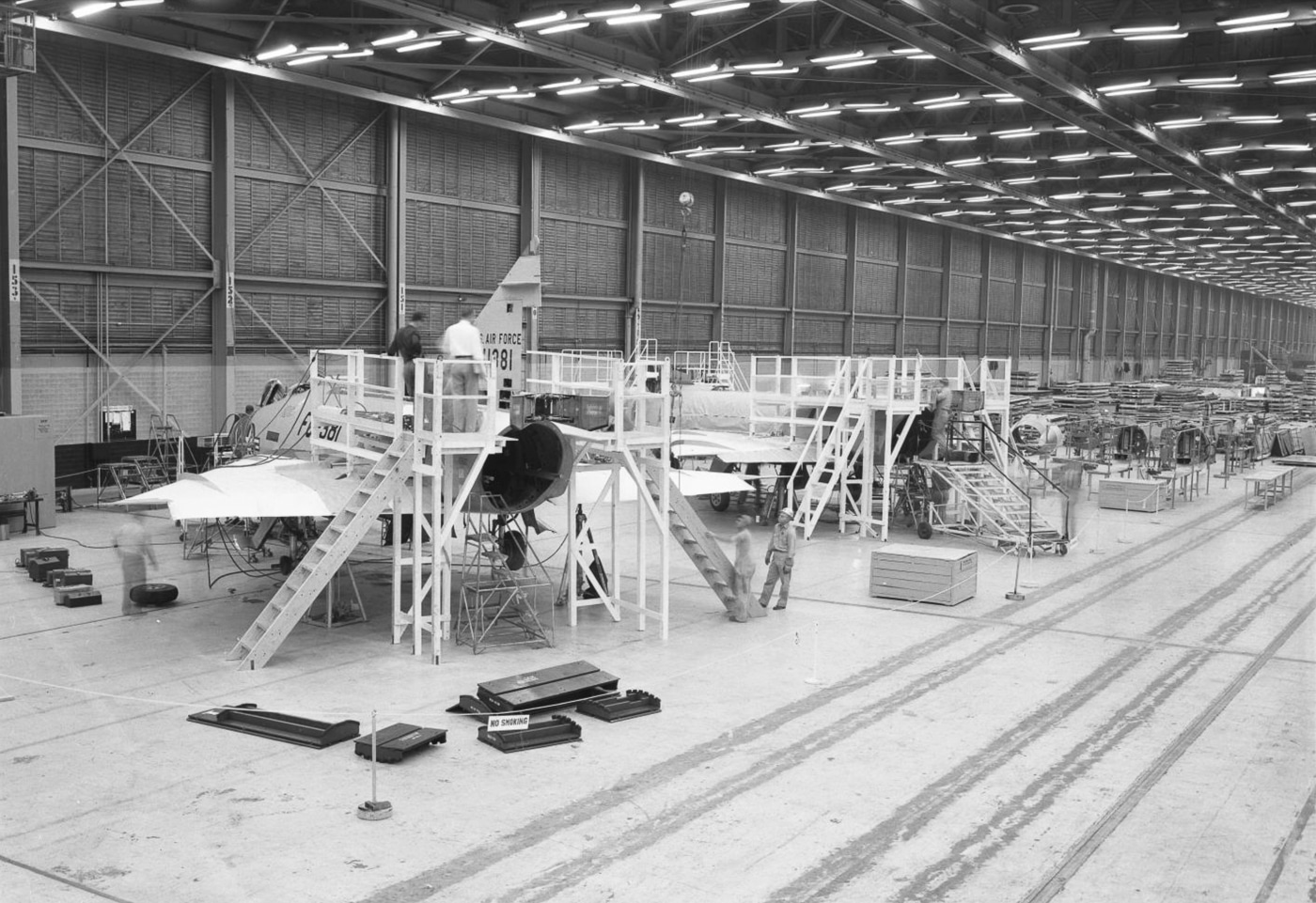
In October 1953, the prototype took to the air, and its performance was less than spectacular.
Nine days later, while attempting to reach Mach 1, the aircraft was subjected to heavy buffeting and crashed, severely injuring Convair test pilot Richard Johnson. There was a three-month break until the next flight in January 1954. The second flight proved the design had serious issues and could not achieve Mach 1.
Redesigned F-102A
Due to the poor performance, the original YF-102 required a massive redesign. Convair engineers had already been working on some changes since mid-1953, and now they would be implemented.
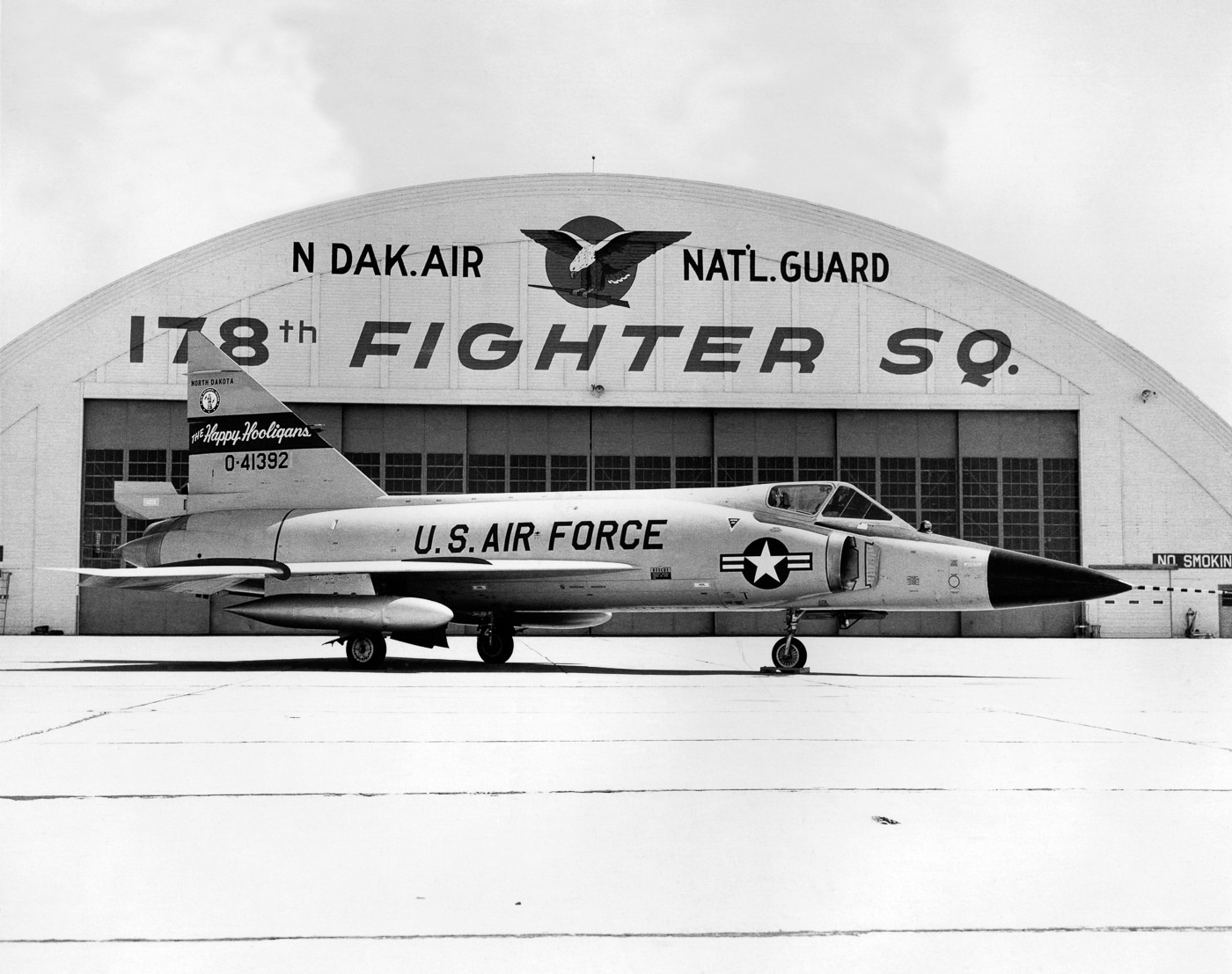
Significant changes were made, including lengthening the airframe by 11 feet and using the “Whitcomb Area Rule” that narrowed the fuselage by “pinching” it in the middle, modifying the intakes, narrowing the canopy, and upgrading the Pratt & Whitney J-57 engine.
In December 1954, the first flight of the redesigned Delta Dagger proved the modifications worked. On the second day of testing, the aircraft reached Mach 1.22, and the USAF gave the go-ahead for production. In 1959, the F-102A broke the world speed record at Mach 1.56.
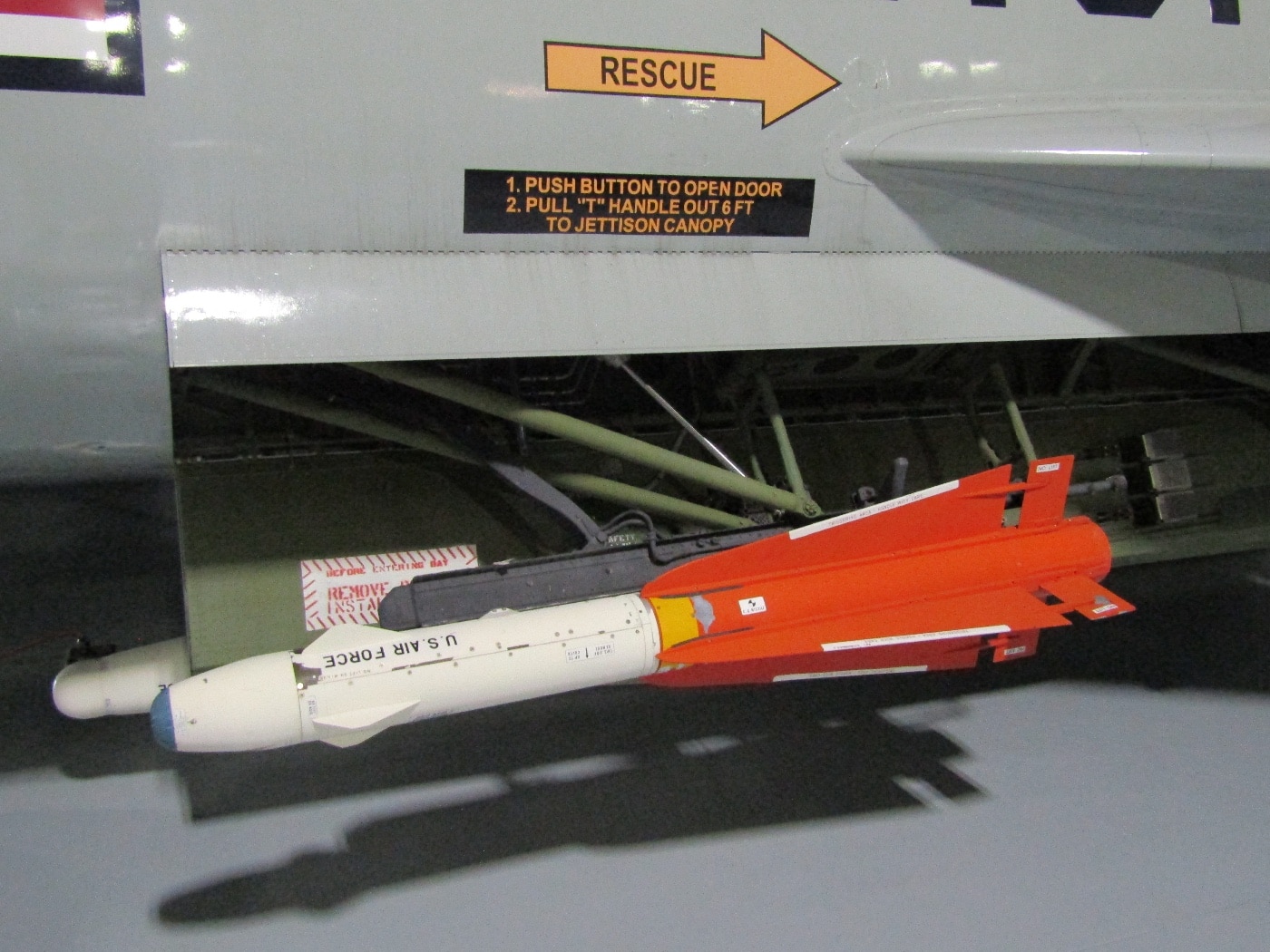
The redesign was also part of the planned F-102B model, which had so many design changes that it was redesignated the F-106 Delta Dart.
The Delta Dagger Trainer
The Air Force needed a trainer for the F-102, and in April 1952, Convair began development, which was halted until issues with the interceptor were fixed. The design used a tandem seating configuration, which required widening the forward section of the fuselage, a larger canopy and repositioning the inlets and intake ducts.
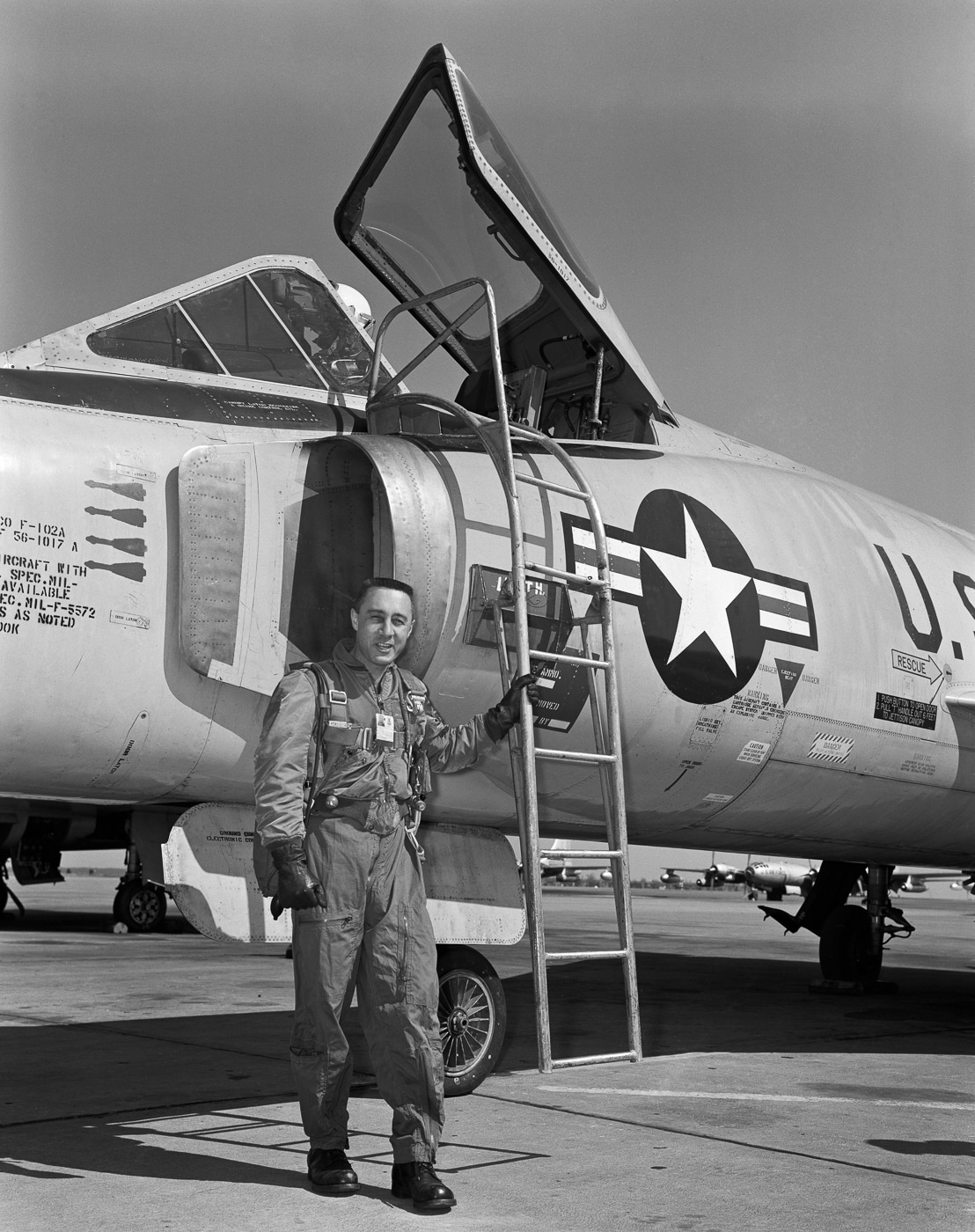
Flight testing showed significant buffeting due to the canopy design, which was corrected by adding vortex generators to the top of the canopy. After all design issues were corrected, Convair produced 111 units. Due to its side-by-side configuration, the TF-102 — aka the “Tub” — was limited to subsonic speed.
In Air Force Service
In 1956, the F-102 began operational service with the 327th Fighter Interceptor Squadron at George AFB, CA. Two years later, the unit was redeployed from the California desert to Thule AB, Greenland. More units followed as aircraft came off the line, filling squadrons to counter Soviet airpower, and began replacing the F-89 Scorpion in the Air Defense interceptor role.
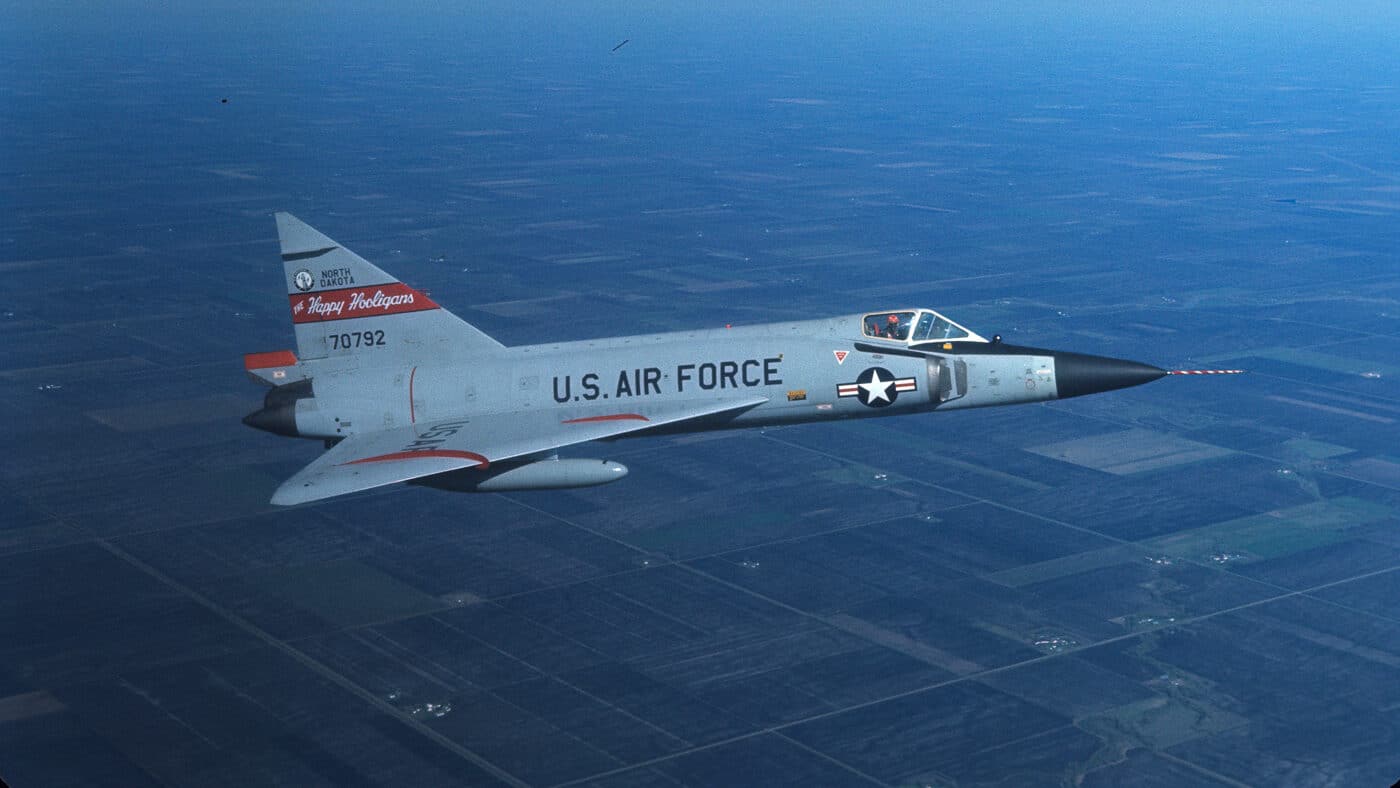
In 1962, F-102s were transferred to Vietnam and provided escorts for EB-66 and B-52 bomber Arc Light sorties. It was also used for various missions, such as air-to-ground attacks with its folding fin aircraft rockets and night operations using its infrared capabilities. The two-seat TF-102 was sometimes tasked with forward air control duties.
The Only Shootdown
In Feb 1968, the aircraft suffered its first and only air-to-air loss when two F-102s with the 509th Fighter Interceptor Squadron were escorting an EB-66 near the border of North Vietnam and Laos. Maj. A.L. Lomax was the flight leader, with Lt. Wallace Wiggins as wingman.
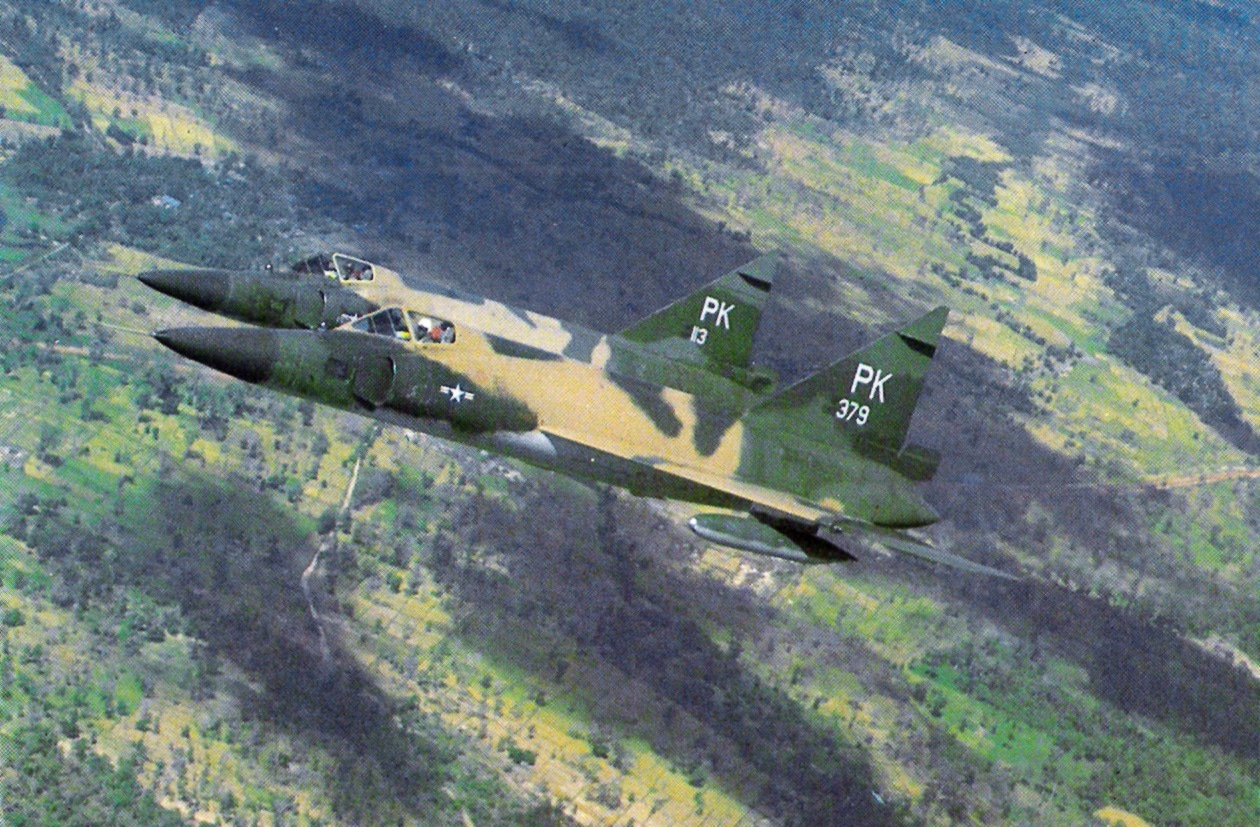
North Vietnamese radar picked up the formation and launched two Mikoyan-Gurevich MiG-21s from Nội Bài air base. The two MiG pilots, Phạm Thanh Ngân and Nguyễn Văn Cốc, an ace who ended the war with nine kills, took off on their fourth interception of the day.
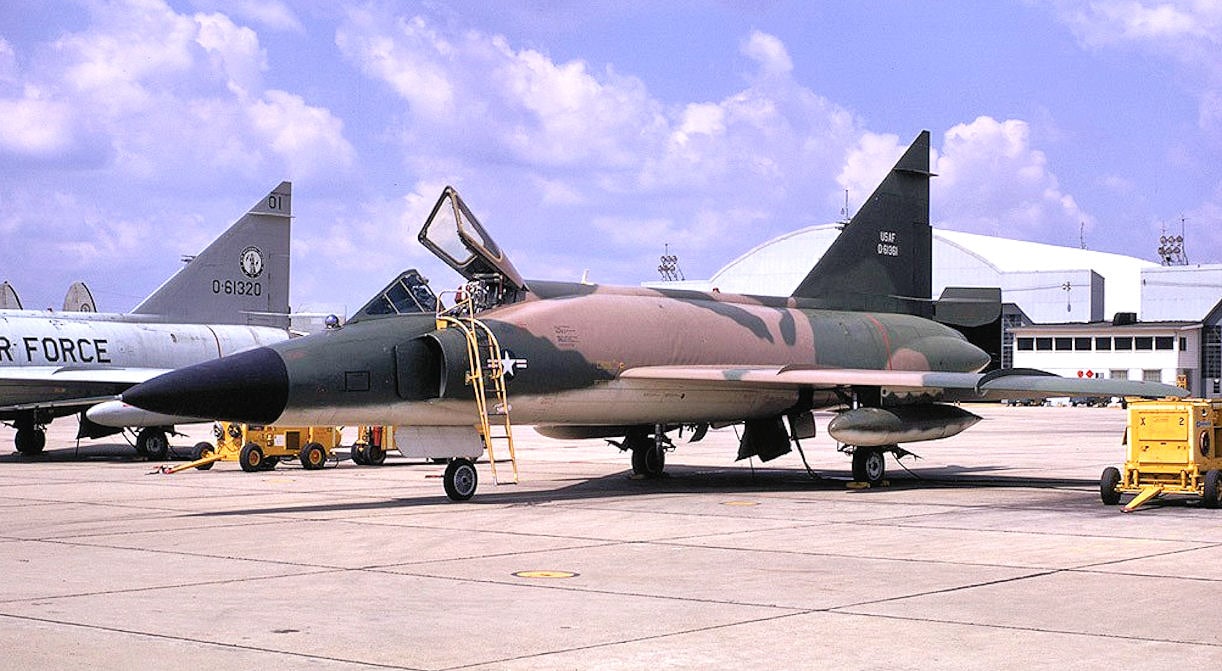
As the MiGs came into range, Lomax fired three Falcon missiles, which all missed their target. During the engagement, Ngân positioned behind Wiggins and fired an Atoll missile, which failed to come off the rail. Ngân fired again, and the second missile struck Wiggins’s aircraft and lodged in the fuselage. As Wiggins called out to Lomax, the missile exploded, destroying the aircraft.
In 1968, all F-102 and TF-102 aircraft in Vietnam were returned to the United States and replaced by the F-4 Phantom.
Foreign Use of the F-102A Delta Dagger
Foreign service of the F-102 was limited to Turkey and Greece, which started during the Turkish invasion of Cypress in 1974. Their performance is unknown as both countries claimed two air-to-air kills against each other and denied losing any aircraft. The aircraft retired from service in 1979.

Starting in 1973, the F-102 began conversion into target drone use, with hundreds being used to test newer aircraft weapons systems and William Tell competition at Tyndall AFB. The surviving aircraft are located throughout the U.S., Canada, and Europe as gate guards or in museums.
Final Thoughts on the F-102
The F-102 Delta Dagger marked a pivotal moment in Cold War aviation history. As the first supersonic interceptor designed around a missile-only loadout and advanced fire control system, it helped define a new era of aerial combat strategy. Though eventually overshadowed by newer jet interceptor planes like the F-106 and F-4, the Delta Dagger served with distinction across multiple continents and missions. Its legacy lives on not just in museums and gate guards, but in the evolution of air defense concepts that followed.
Editor’s Note: Please be sure to check out The Armory Life Forum, where you can comment about our daily articles, as well as just talk guns and gear. Click the “Go To Forum Thread” link below to jump in!
Join the Discussion
Read the full article here




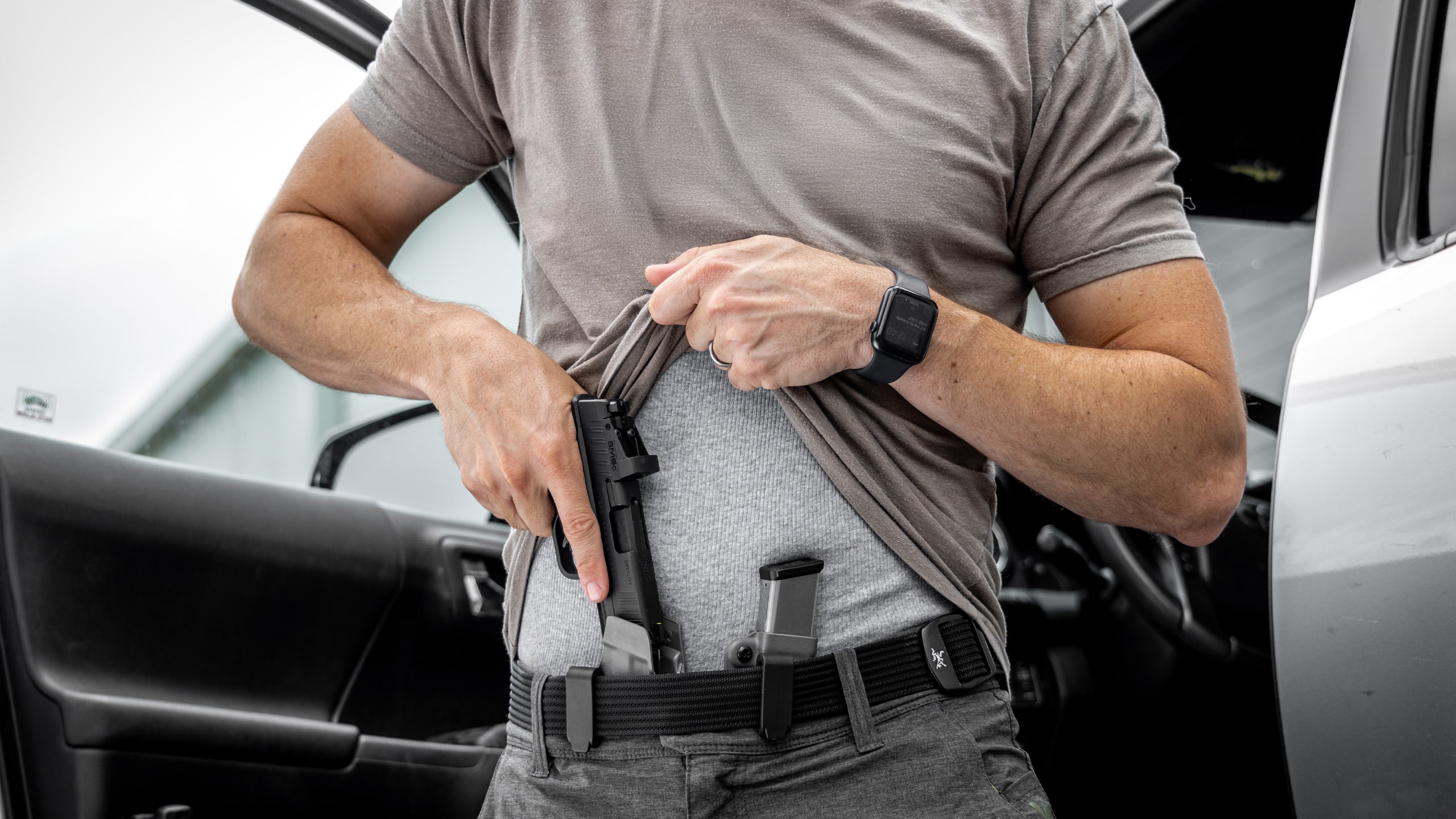
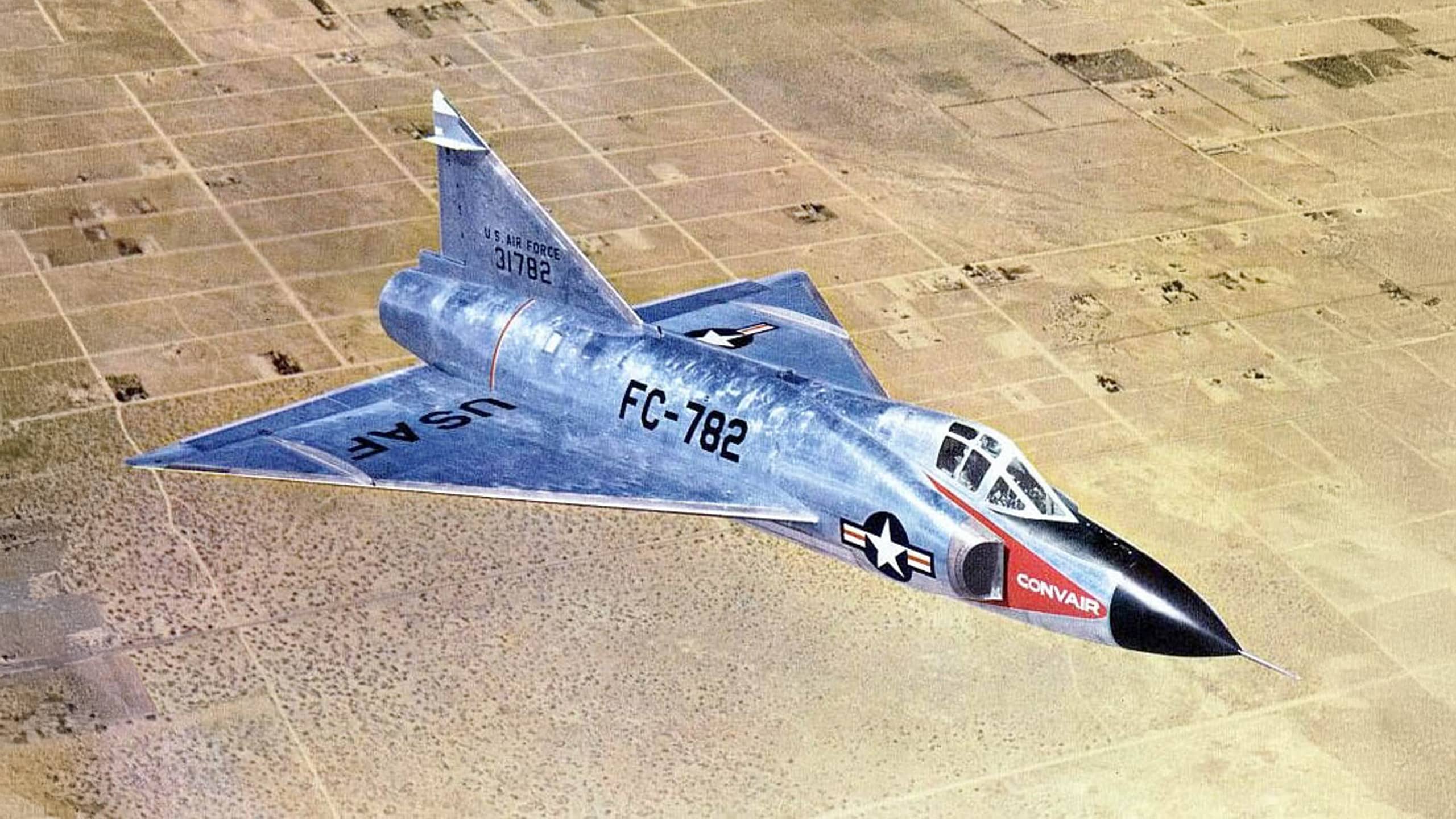
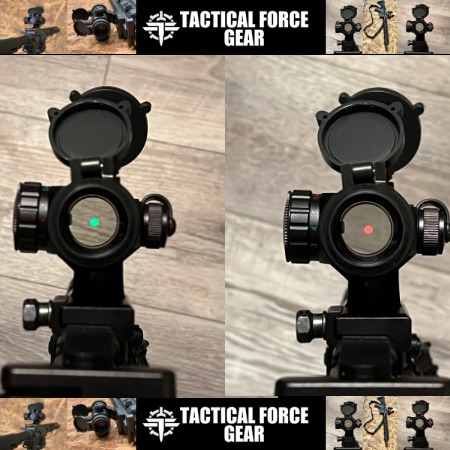



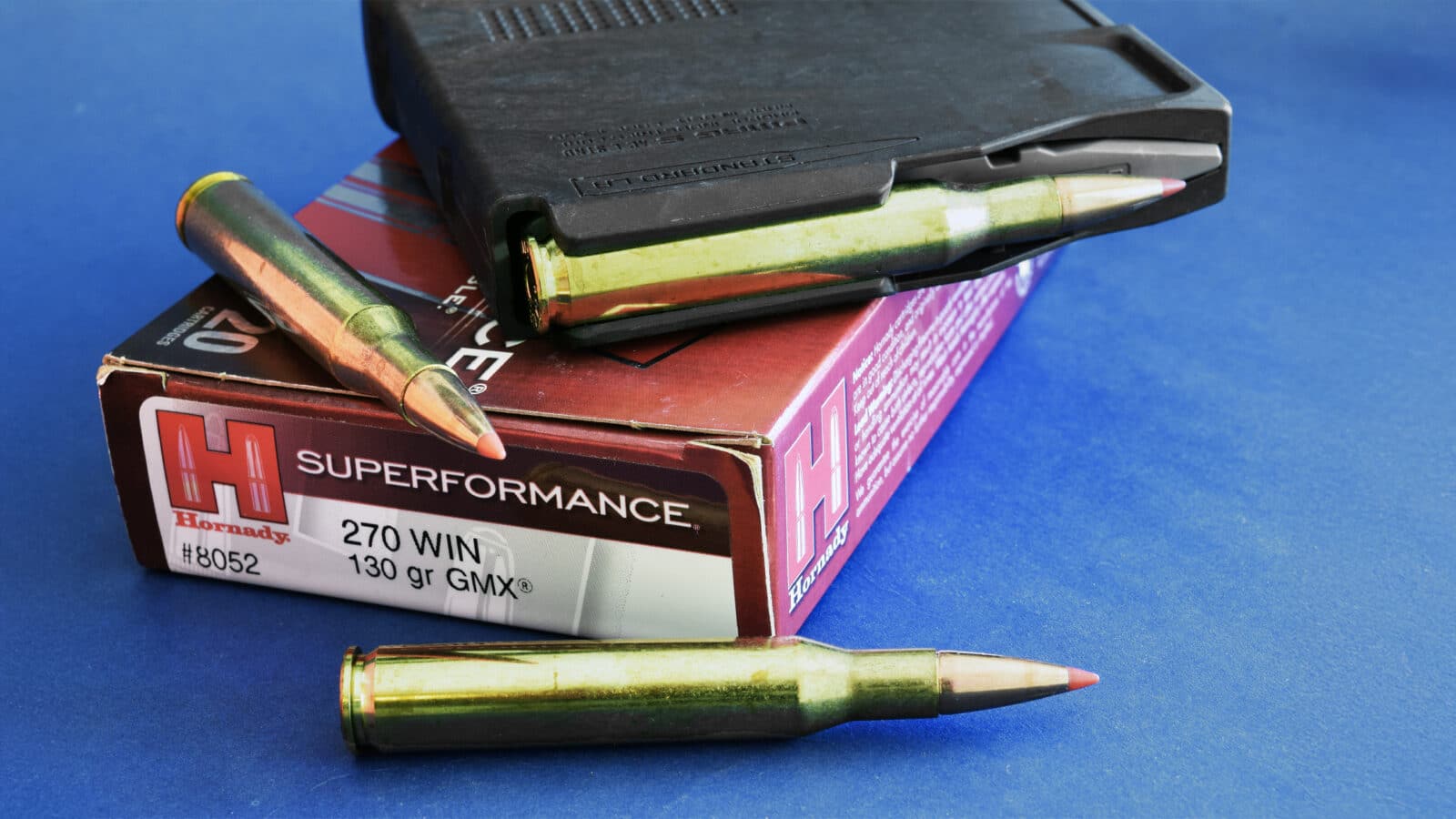
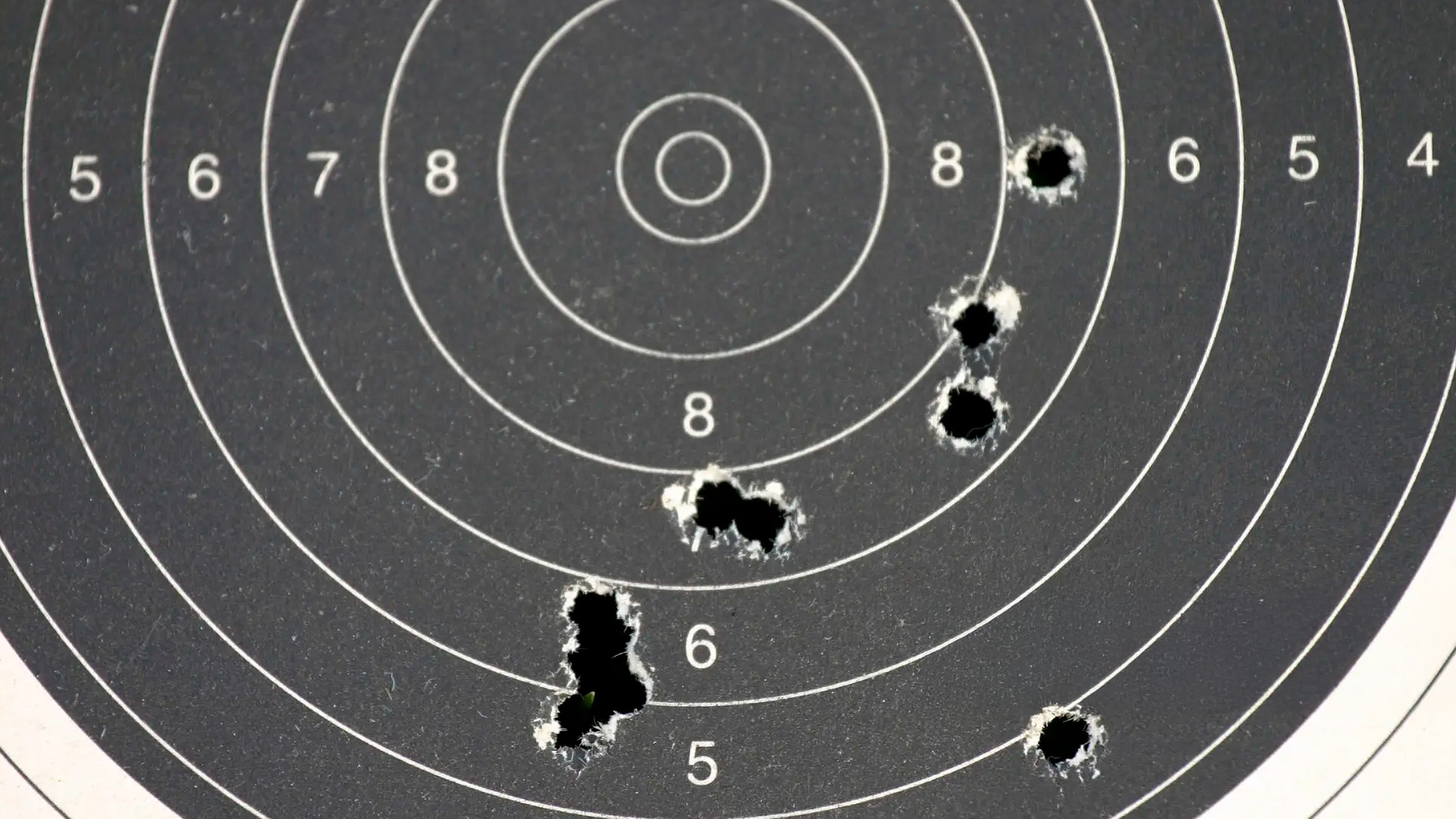
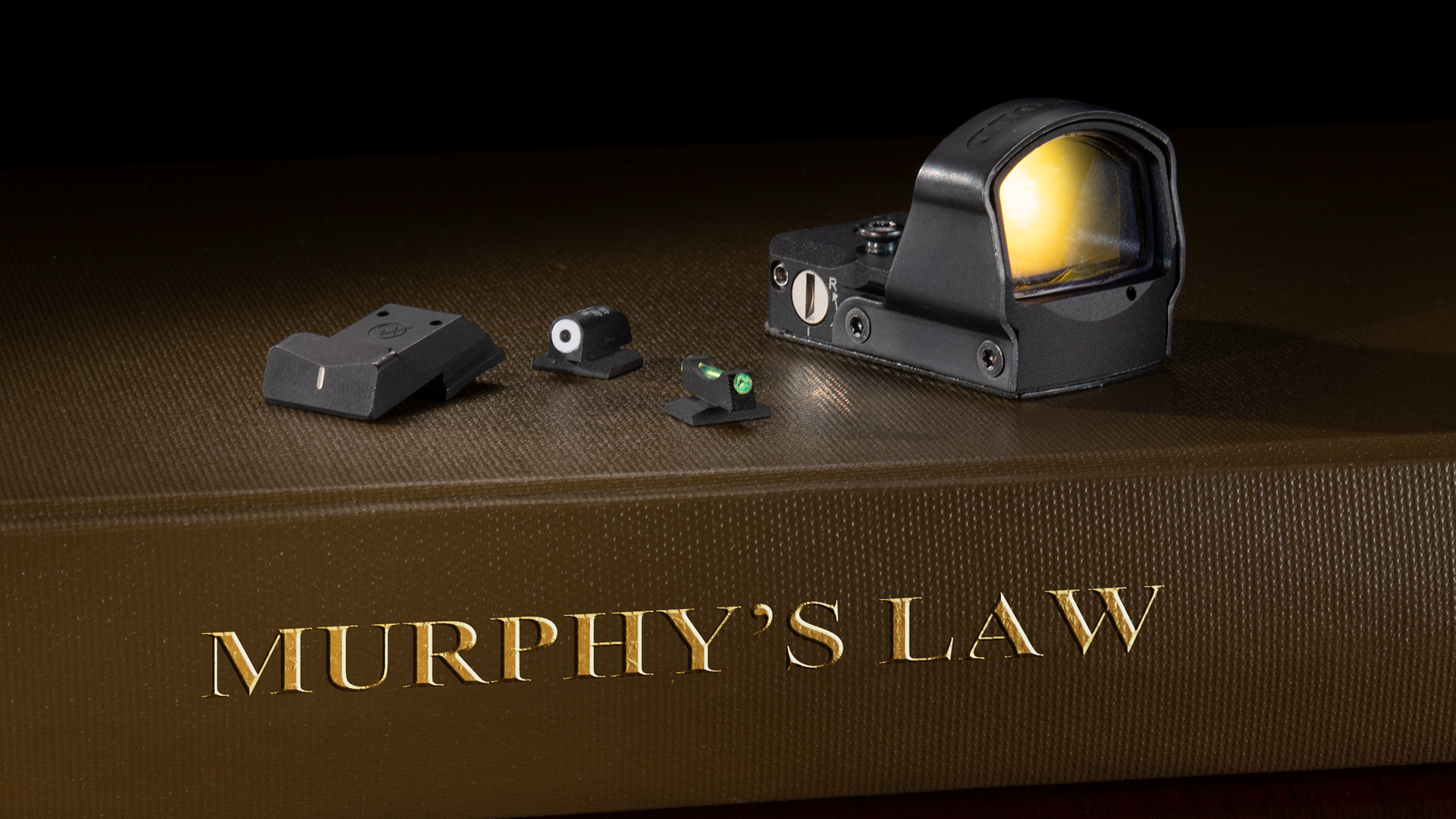
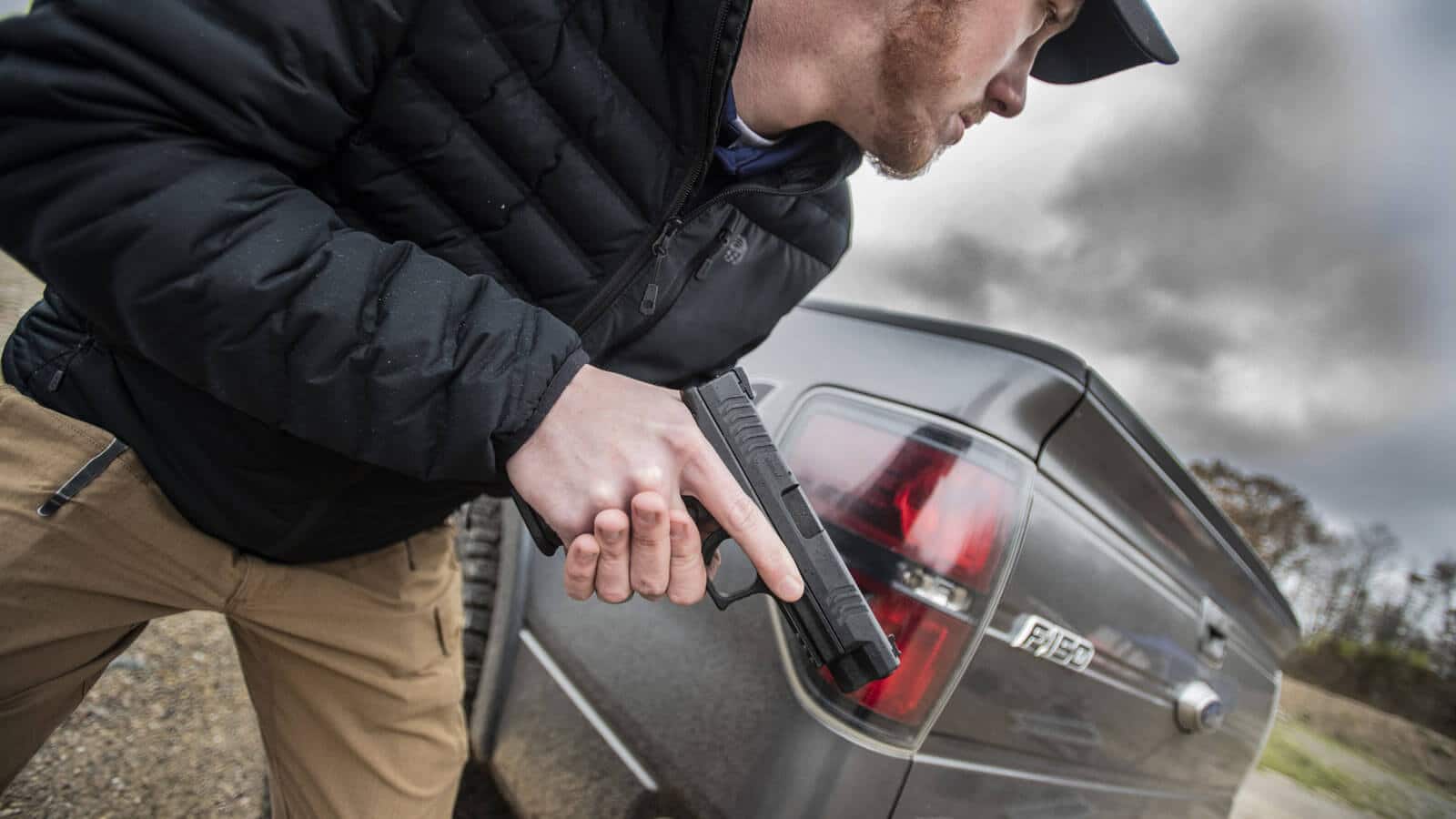



Leave a Reply